
Switzerland’s armistice memories, carved in stone
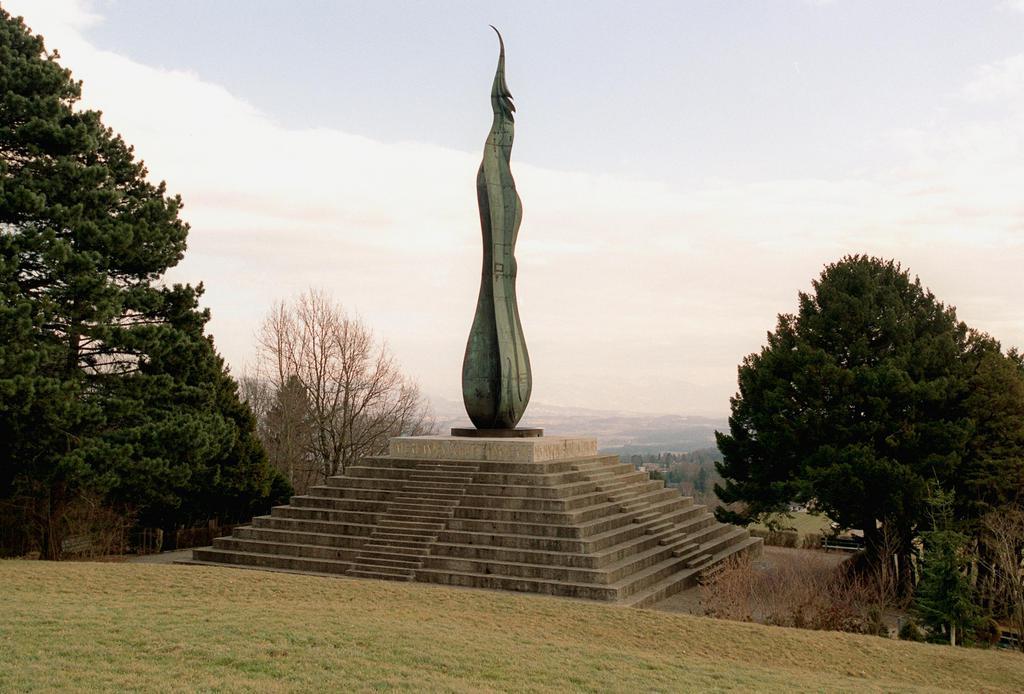
On Sunday, many countries are celebrating the centenary of the end of the First World War. At the heart of these ceremonies are monuments that honour the memory of the dead.
Saint Martin’s cemetery in Vevey, overlooking Lake Geneva and the French Alps, is one such place. The British military section of the cemetery honours 88 Commonwealth soldiers who died in the First World War and 48 others who lost their lives in the Second World War.
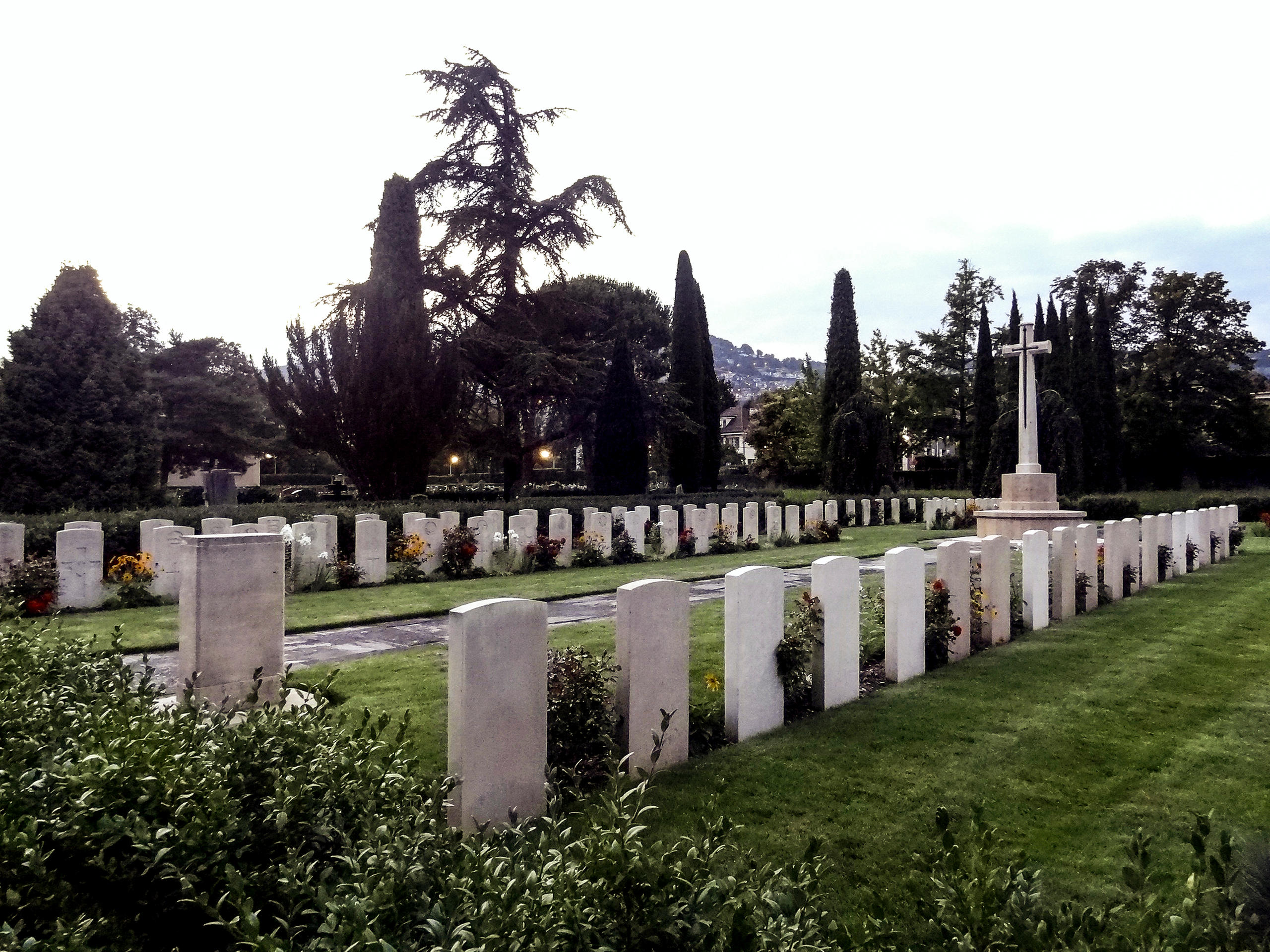
The presence of foreign soldiers’ graves on Swiss soil dates back to the presence of prisoners of war in Switzerland since the Franco-Prussian war of 1870. This policy continued during the two world wars.
During the First World War, Switzerland welcomed more than 65,000 prisoners of war for humanitarian reasons from 1916 to 1919. They were either seriously ill or wounded or relatively old. A number of them died in Switzerland, where they are buried.
This policy has left its mark on the stone. There are more than 100 places in Switzerland dedicated to commemorating those who fought for France in the form of graves, monuments, obelisks or plaques.
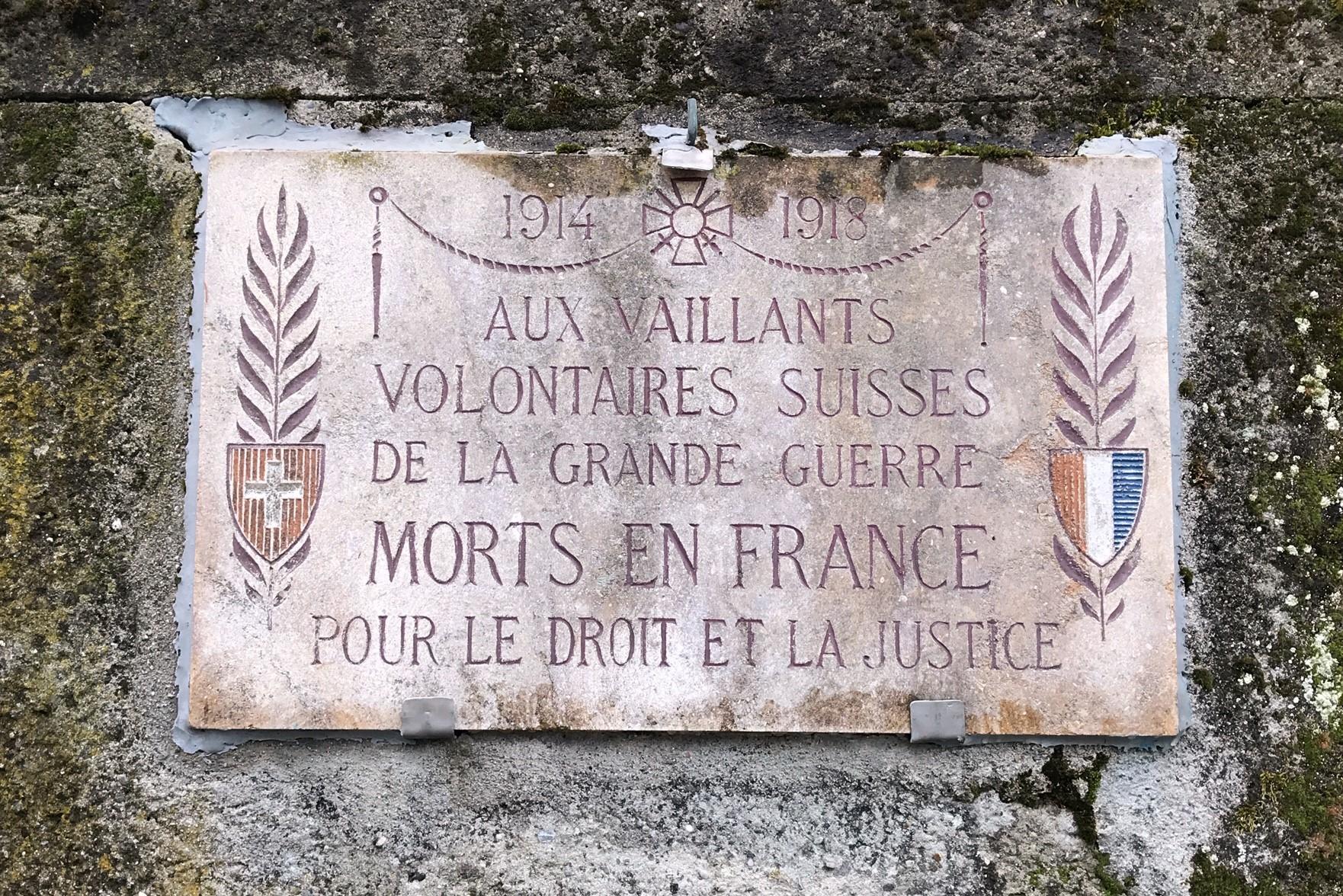
Swiss victims too
The First World War also directly caused the deaths of Swiss citizens. Hundreds voluntarily joined foreign armies, particularly on the side of the Allies. In France, the government website “Mémoire des hommes” lists 1,991 Swiss soldiers killed in battle.
In addition to these Swiss volunteers, many foreigners lived in Switzerland who left in August 1914 to fight for their countries of origin. After the war, various communities of foreigners in Switzerland erected monuments to honour their fighters.
According to the Historical Dictionary of Switzerland, around 3,000 Swiss soldiers died during active service due to illness or accidents. More than half (1,800) died at the end of 1918, killed by the Spanish flu epidemic.
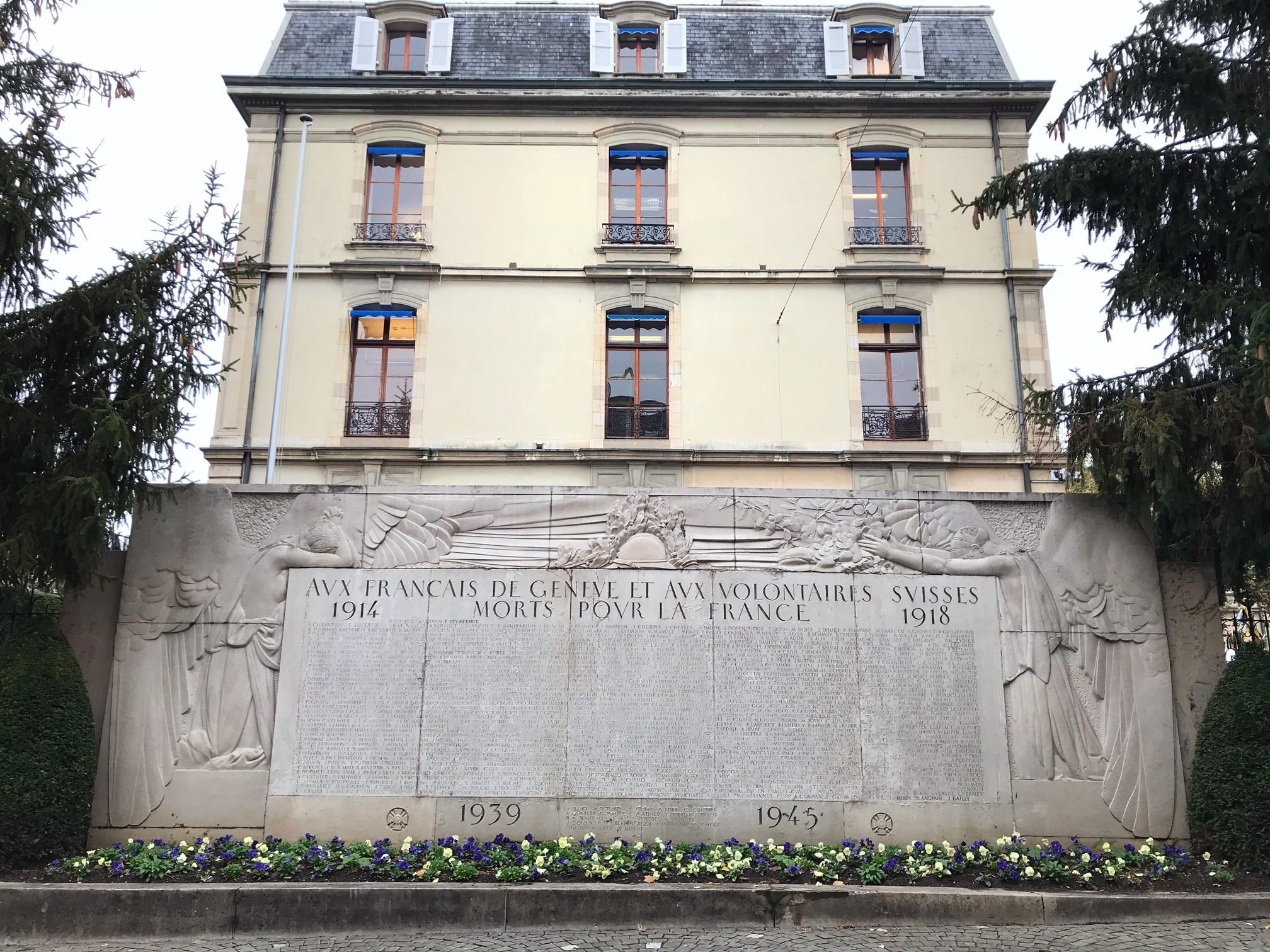
In addition, two cases of Swiss soldiers killed in unusual circumstances are recorded. On October 4, 1916, at the Umbrail Pass on the border between Graubünden and Italy, rifleman Georg Cathomas was killed by shots fired by Italian troops who wanted to disrupt an Austrian celebration of Emperor Franz Joseph’s birthday. On October 7, 1918, on the border with the Jura, a Swiss observation balloon was shot down by a German fighter plane, killing Lieutenant Walter Flury.
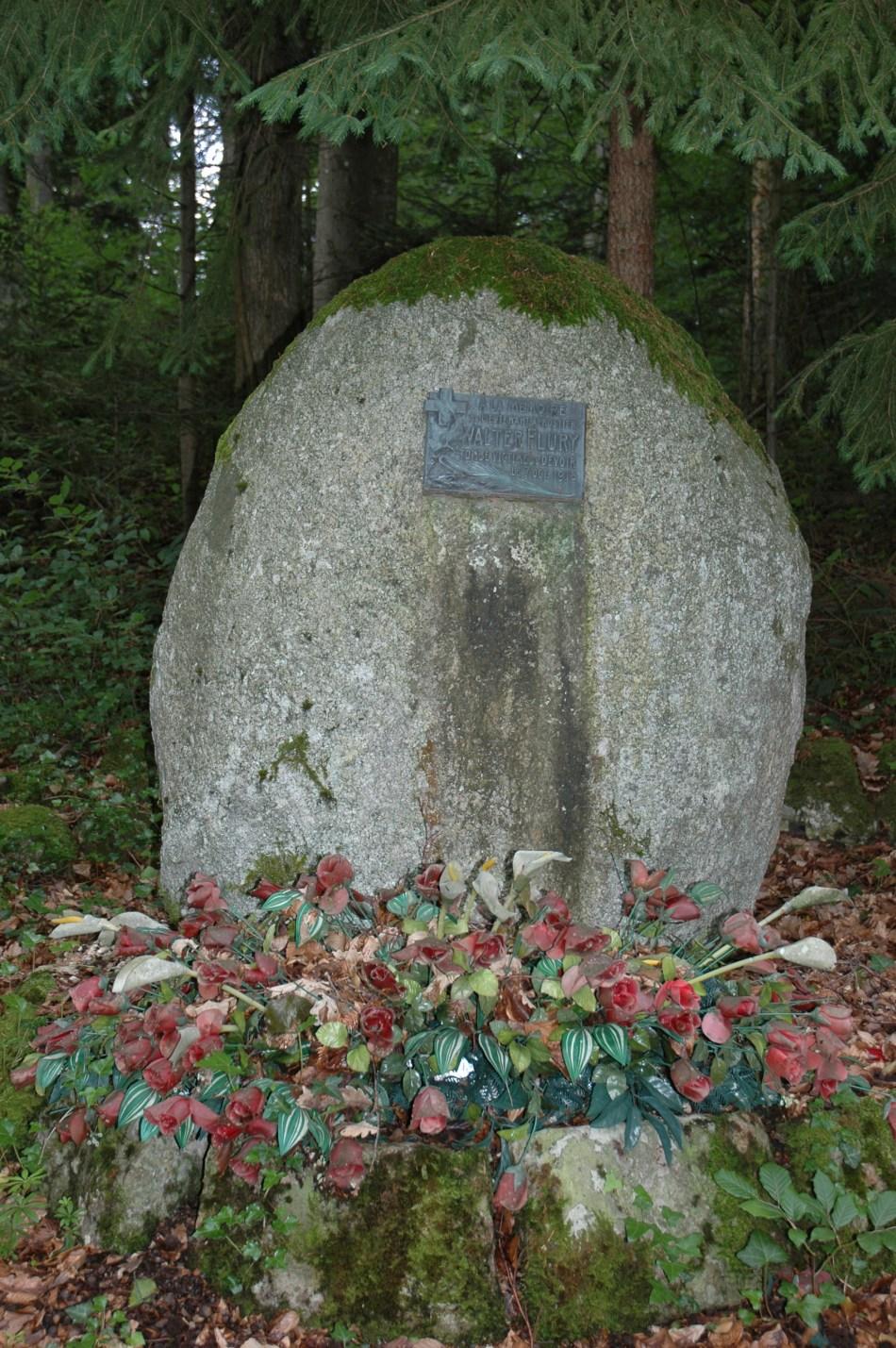

In compliance with the JTI standards
More: SWI swissinfo.ch certified by the Journalism Trust Initiative






























You can find an overview of ongoing debates with our journalists here . Please join us!
If you want to start a conversation about a topic raised in this article or want to report factual errors, email us at english@swissinfo.ch.